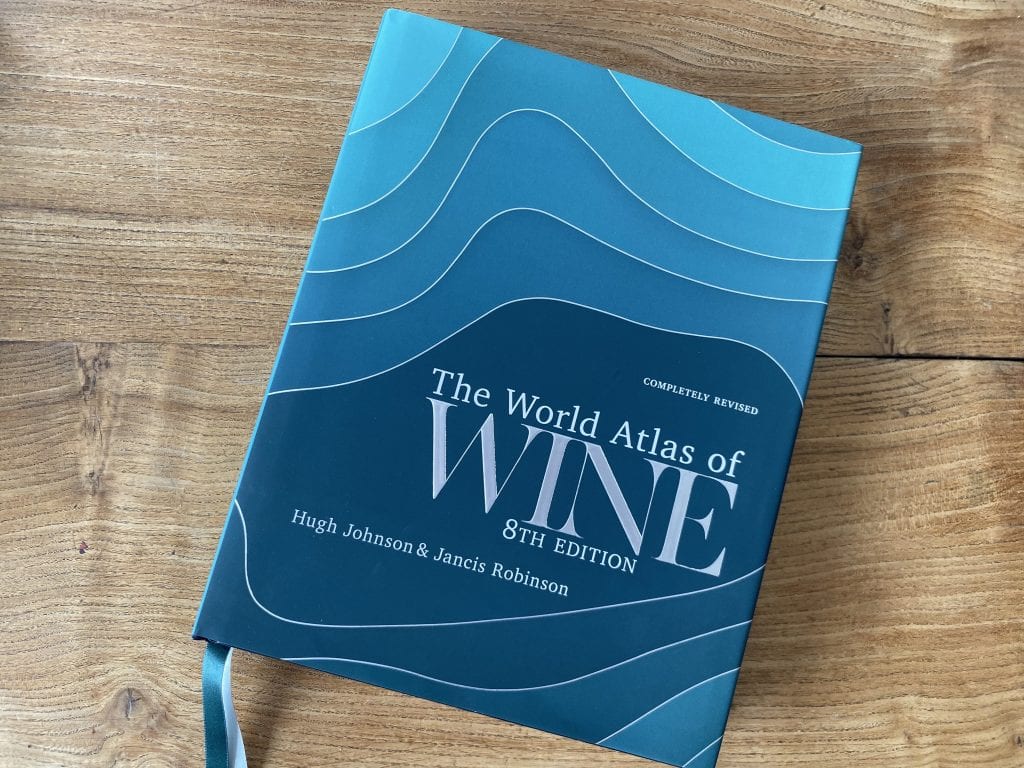It’s one of the most anticipated releases of the year, and certainly no disappointment. The World Atlas of Wine, now in its 8th edition since 1971, is one of the most authoritative and educational books on the market for an overview of the world’s wine regions.
Its scope is broad, but there’s a great depth of understanding too and it’s a joy to read – in part due to the indefatigable and studious Jancis Robinson and the eloquence and charisma of Hugh Johnson, but also because of the 70-strong team of contributors they have from each corner of the globe. Although the Atlas is still France-heavy (accounting for almost a quarter of the book), there is an important update that has happened in the last six years, in seeking to include more on new and emerging regions, as well as those that have long been under the radar.
There’s been an important update to Europe’s wine regions and North America has taken a significant position as the second most important continent in The World Atlas of Wine, with some key regions given unprecedented focus. South America is a bit underrepresented (although this is the first Atlas in which Brazil and Uruguay are included) and China should certainly merit a bit more space – as one of the world’s most important emerging wine powers, as well as for being a wine-producing country that’s growing at a supersonic pace.
However, all in all, The World Atlas of Wine, 8th Edition is a breathtaking and impressive endeavour that has seen a complete overhaul of the existing information and pulled into focus some pressing issues in the wine world, including Climate Change. The front section of the Atlas continues to be one of the most succinct, yet detailed, introductions to winemaking and viticulture, and this is undoubtedly the book every wine student and enthusiast should have on their shelf.
A diverse selection of photography, illustrations and over 200 maps make this a colourful reference book, which is easy on the eye and not too dense to work your way through (a mean feat for a book which is 416 pages long and the size of a small backpack).
Hats off to Hugh, Jancis and their team for well and truly redrawing the wine map, with such an eye for detail and colourful flair.

